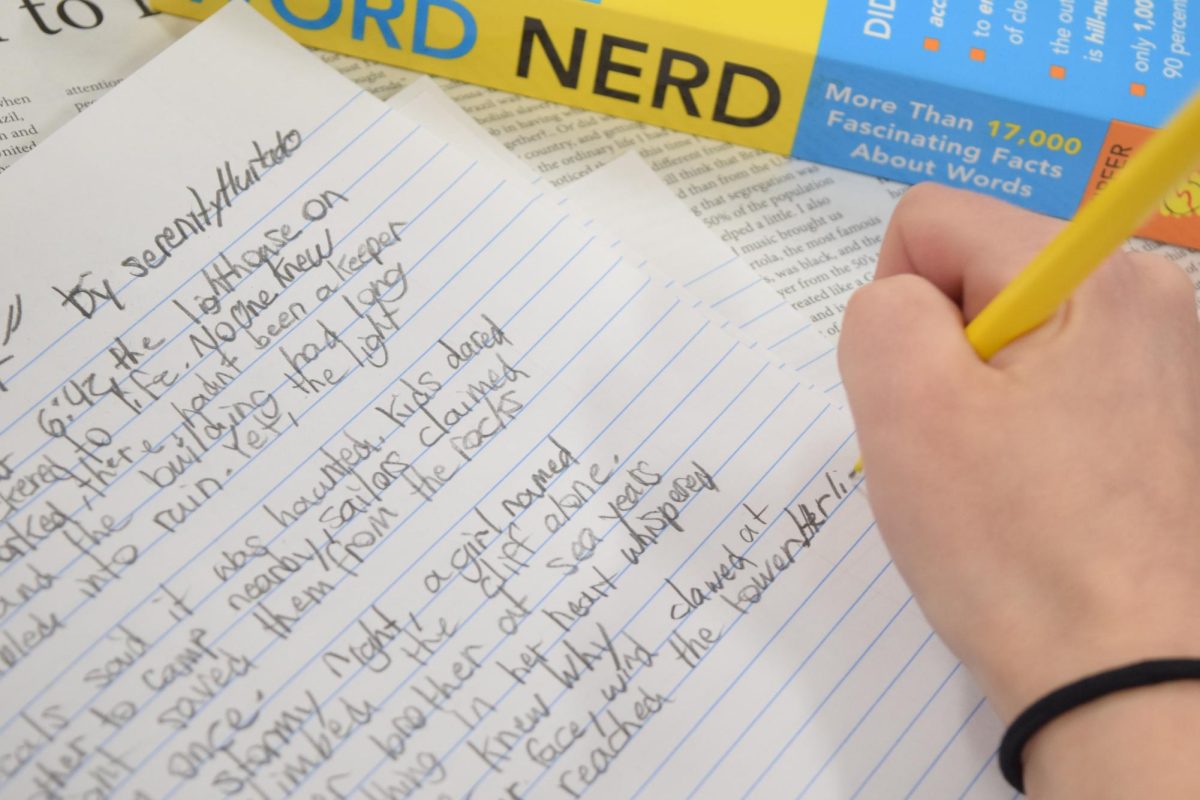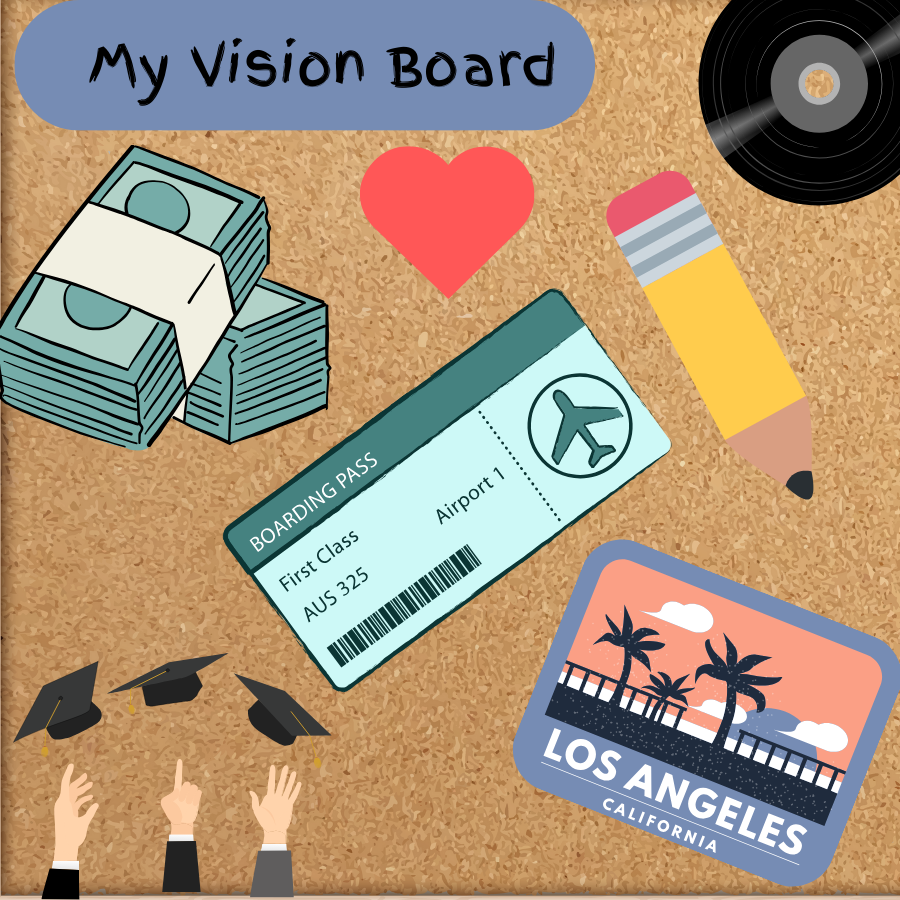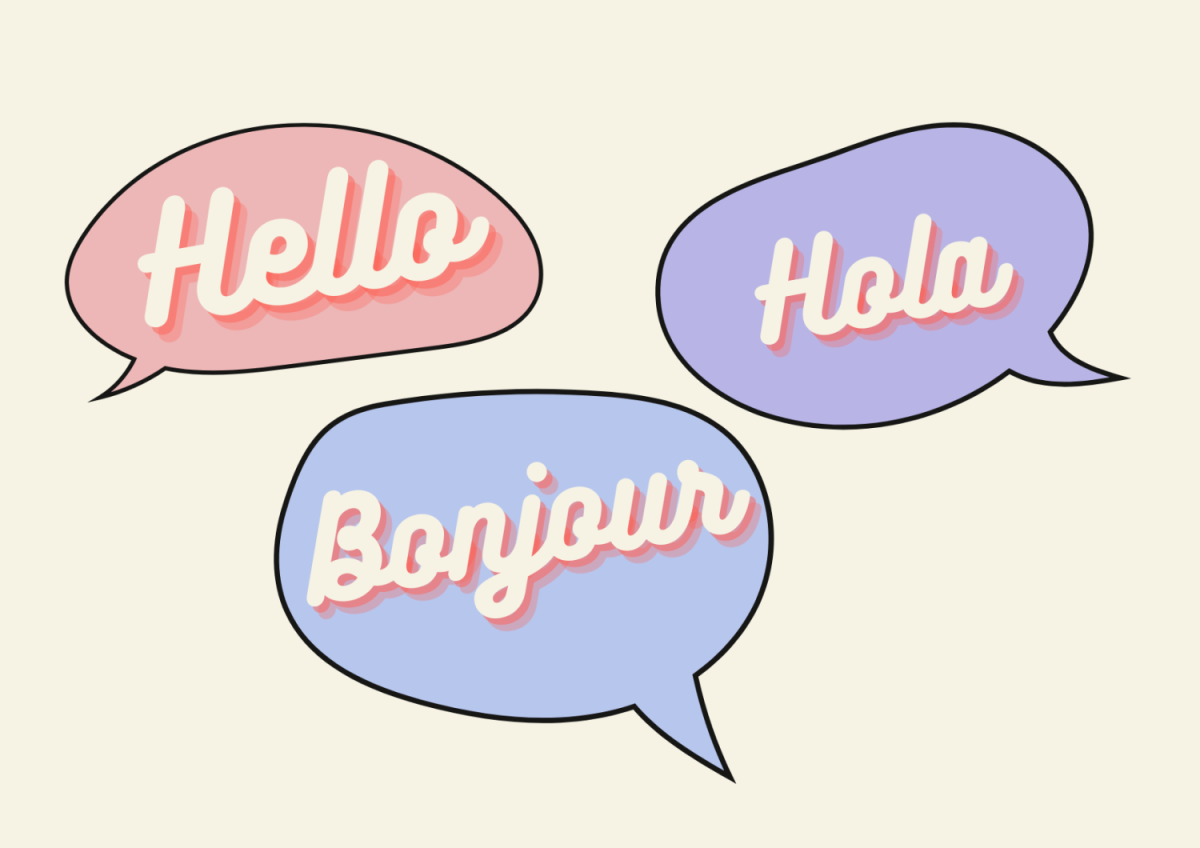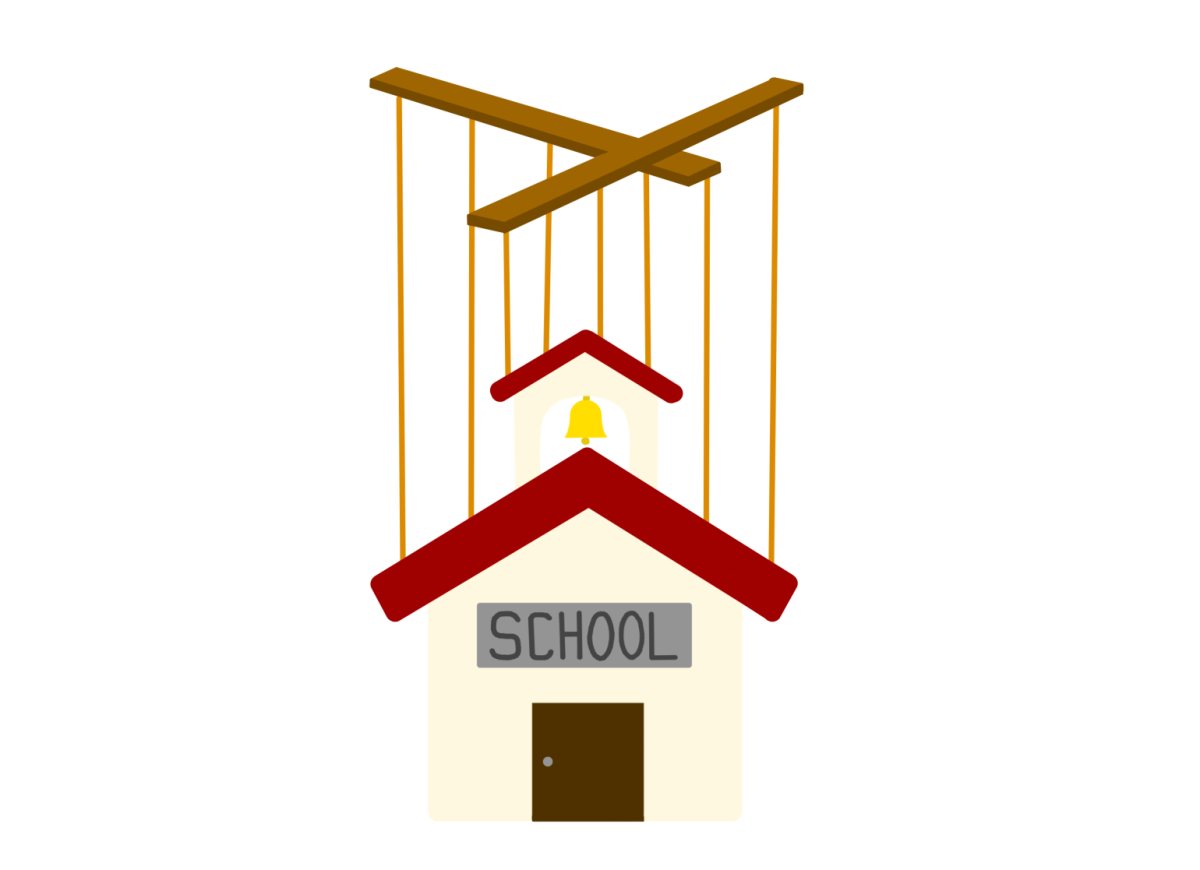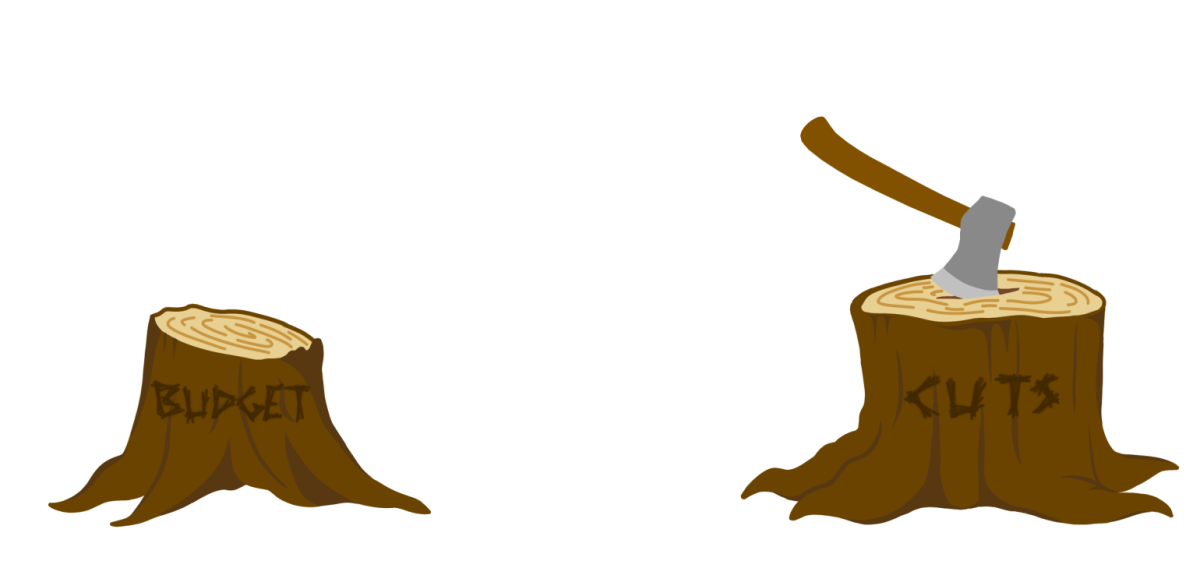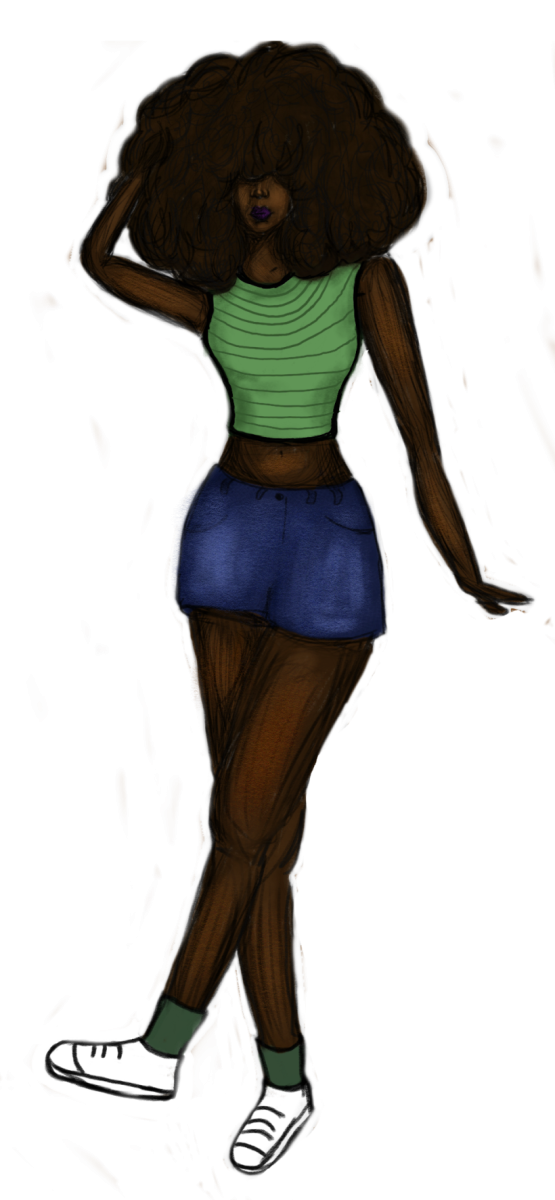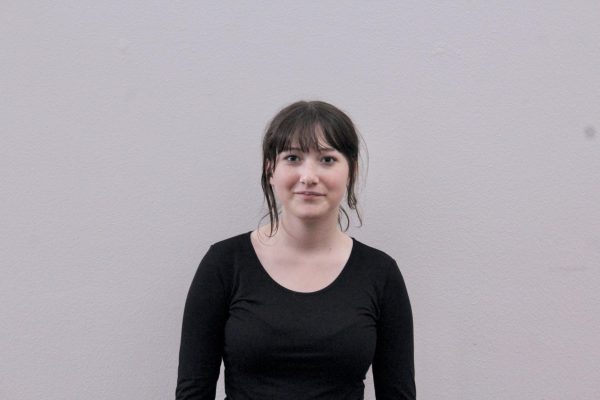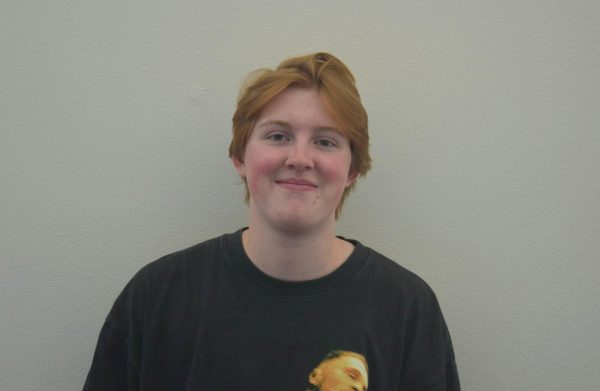I started writing when I could first hold a pen, but I’ve been creating stories since I was born.
Characters, worlds, and communities I thought of before I could tell anyone, just now being brought to life. On days where I simply can’t push the thoughts out of my head onto paper, I worry that without more knowledge or guidance I’ll suffer, never knowing how to tell the story I want to tell.
Creek’s creative writing class currently is a semester-long class for only seniors. In the past, the class has had their one-acts performed at Denver Center of Performing Arts, done zine projects, and wrote children’s books. This class’ availability limits in-depth creative writing for freshmen, sophomores, and juniors, without giving any alternatives. Put simply, creative writing shouldn’t be seniors-only.
“The powerful thing about creative writing is [that] you have to figure out not only who you are, but how you express yourself,” creative writing teacher Marissa Voss said. “[In] creative writing, the focus is so strong around developing that individual voice.”
I have always struggled in getting to the root of my feelings. Before I began writing about myself, there was no way of understanding the true cause of those feelings. These writing skills that I’ve developed, (sadly without class instruction), helped to develop and break down my emotions.
Creative writing allows teens to explore themselves more than journaling does. We are scared of understanding ourselves up front, and writing a story, script, or piece of poetry projects our own pains onto the characters. This allows for a more genuine understanding of ourselves, not watered down by our own fears and embarrassments.
More than being listened to, teens just want to understand themselves. Math, history, and science don’t help you understand who you are in the way that the arts do.
Often maturity is the justification for why the class won’t expand to other grade levels. Everyone knows that freshmen are not nearly as mature as seniors, but a simple answer to that is making a Creative writing one and two.
Creative writing one could be a class for freshmen and sophomores, and creative writing two could be for juniors and seniors. The class is already full of all different ability levels, so it’s not teaching kids at different maturity levels, it’s teaching kids with different writing experience.
Currently, the creative writing course is half an English credit for only seniors. Journalism is half an English credit and half an elective credit. Creative writing could work the same way, because both classes are very similar. Both are built on the need to read to improve your writing, not necessarily to break down the text.
“[Creative writing is] definitely something you have to push through and struggle through,” Viktor Sidorov, a senior currently taking creative writing, said.
In eighth grade I had a meeting with my counselor about the future of my school career. I brought up my registration to Denver School of Arts (DSA), a more fine arts focused school, and she urged me not to go, saying that Creek had a good theater, art, and music community. When I told her that I wanted to major in creative writing, she stayed silent.
Making the program more accessible for all grades would make so many more students care more about school, and give them options other than DSA.
Creek supports students to the extremes, offering 532 fine arts classes, yet there are only three creative writing classes (that don’t even count as a fine art) offered to seniors only. So, without a mode of transportation I’m stuck at a school that doesn’t have any support for my passion. With the recent end of the creative writing club, and even with the limited creative writing classes Creek offers, I will only be able to use them for one semester of my last high school year.

